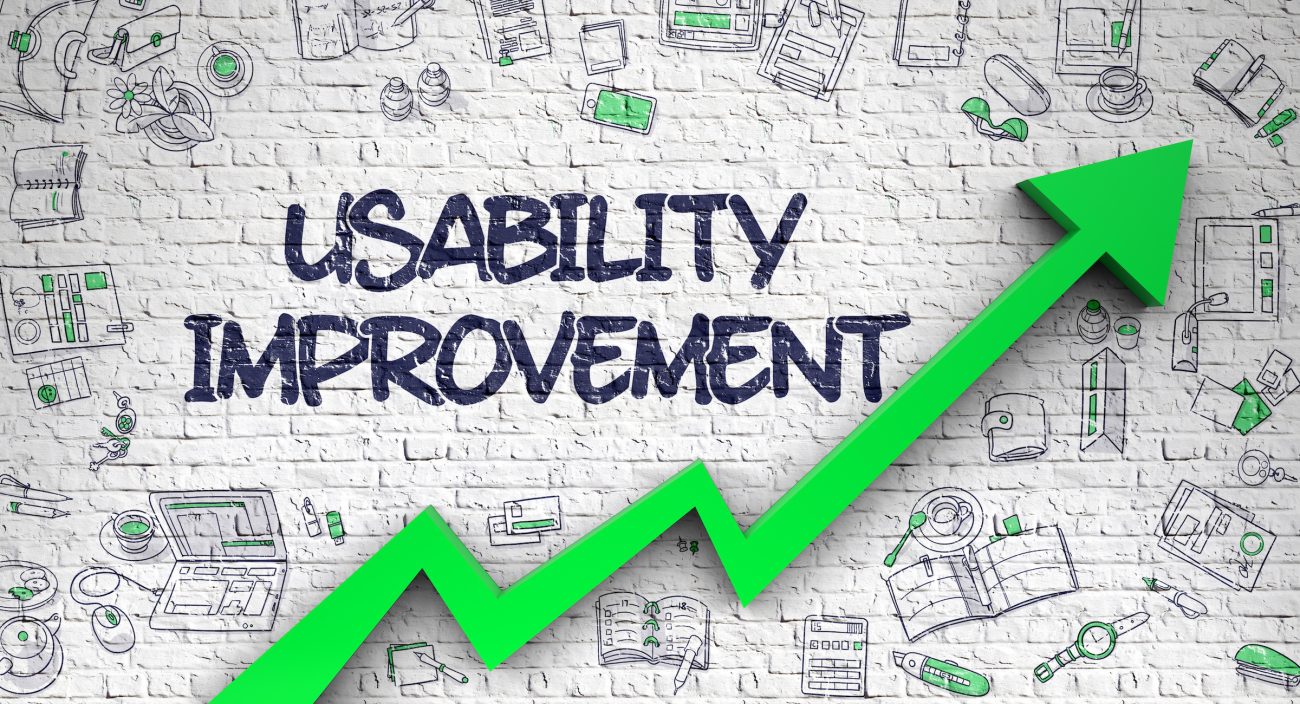The key to any successful website is designing it in a way that convinces visitors to take action. Whether that action is making a purchase, signing up for your email list, or simply contacting you – getting visitors to convert is crucial. However, website design is an art, not a science. There is no single “right way” to design a high-converting site.
In this article, we will explore the top web design trends, tips, and strategies for crafting a site that visitors want to interact with. From choosing an appealing visual style and layout to optimizing for usability and calls-to-action, these techniques can help boost your conversion rates. Let’s get started!
Understand Your Audience and Goals
The first step is understanding who your target audience is and what action you want them to take. Different audiences will respond to different design styles, so choose visuals and messages tailored specifically for them.
For example, a site targeting teens may use brighter, bolder colors and focus on sharing and social proof. Whereas a B2B SaaS site needs a clean, professional look with clear explanations of features and pricing.
You should also be crystal clear on the specific goal or conversion point. Is it a purchase, signup, contact request, or something else? Designing all aspects of the site – from visuals to content to calls-to-action – to streamline visitors towards that single action.
Follow Current Web Design Trends
Staying on top of the latest web design trends is important for attracting and engaging modern website users. Some significant trends to consider incorporating include:
- Minimal, clean design without clutter. White space lets content breathe.
- Responsive design that adapts beautifully for any device size.
- Intuitive mobile-first navigation and useful touch gestures.
- Bright, high-resolution images and videos for visual storytelling.
- Modern sans-serif fonts like Helvetica, Arial for readability.
- Smooth animations and transitions for an enjoyable user experience.
- Flat, flat design without unnecessary textures or stylistic elements.
- Lots of content above the page fold for quick scanning on mobile.
- Customizable color schemes for your brand instead of rigid templates.
Keeping up with trends ensures your site feels fresh and appeals to how users expect interfaces to work today. Test new trends, but avoid anything too “trendy” that will date the site quickly.
Construct an Optimal Information Architecture
The organization and structure of content on your website, known as the information architecture, has a huge impact on usability and conversions. Take the time to map out:
- Key pages like About, Services/Products, Pricing etc.
- The main navigation structure and hierarchy.
- Related secondary pages and how they link together.
- The optimal path to the conversion goal.
Group content logically and focus first on priority information visible above the fold. Use headings, lists and other formatting to enhance scannability. Ensure your navigation is clear, concise and visible across all pages. Proper IA sets users up for easy discovery and accomplishing their goal with minimal friction.
Use Visual Hierarchy and CTA Placement
The visual elements and layout of your design establish an important hierarchy that guides users towards taking action. Some effective techniques include:
- Making your main CTA buttons large, colorful and stand out from other elements.
- Placing CTAs in obvious “hot spots” like top/side bars, footer or brief intro text.
- Using whitespace, formatting, sizing and color to emphasize priority content over secondary.
- Breaking pages into distinct sections with clear delineation between them.
- Including helpful multimedia like photos, videos which support but don’t distract.
Proper visual hierarchy keeps users focused on the most important bits driving them to convert. Don’t be afraid of empty space – it enhances readability.
Write Compelling Copy for Conversions
Of course, your website design is only half the battle – the words you use are also pivotal. Browse popular lead magnets and sales pages to get a feel for what resonates currently. Some great techniques include:
- Addressing your visitors’ specific problems or needs upfront in a headline.
- Quantifying benefits and outcomes visitors can expect to achieve.
- Sharing social proof via testimonials, reviews or case studies.
- Explaining the process in a simple, jargon-free way visitors understand.
- Calling out features that solve pains or add unique value clearly.
- Using a compelling voice that sells without coming across salesy.
- Including proof points, numbers, and trust badges where relevant.
Strong copywriting turns website visitors into qualified leads ready to take action. Don’t neglect this crucial half of the conversion equation.
Optimize for Accessibility
An accessible design ensures everyone can use your site, including those with disabilities. Follow best practices like:
- Using Semantic HTML5 for structural elements.
- Providing alt text for all non-decorative images assists screen readers.
- Contrasting text colors against backgrounds that are readable.
- Employing responsive images that resize for different devices.
- Including captions and transcripts for videos.
- Avoiding flashing or blinking elements that may trigger seizures.
- Creating keyboard navigation without requiring a mouse.
Inclusive design improves your SEO while doing the right, ethical thing. Accessibility also helps conversions by removing barriers.
Experiment with Colors and Images
The right visual palette can make a huge impact on conversions. Some effective approaches include:
- Using branded, complementary colors consistently throughout.
- Incorporating bright highlight colors carefully for buttons, sales bars etc.
- Choosing photos and illustrations interestingly relevant to your products/niche.
- Making images sharp, clutter-free hero shots without distractions.
- Leveraging the psychological attributes of different hues appropriately.
- Optimizing images/logos for different screen sizes without pixelation.
- Testing color schemes via A/B split testing to see which performs best.
Beautiful, on-brand imagery and colors improve perceived quality and make visitors feel positive emotions towards your company.
Optimize Load Times and Performance
Speed is more important than ever – visitors have little patience. Some tips:
- Minimize page size by optimizing and compressing images where possible.
- Prioritize visible content loading above-the-fold using critical rendering path.
- Lazy-load non-essential assets below the fold only when needed.
- Host files on a fast CDN close to your target regions.
- Remove render-blocking JavaScript and CSS for quicker display.
- Compress/minify JavaScript, CSS files without losing functionality.
- Leverage browser caching of static assets to reduce repeat downloads.
Poor loading undermines conversions, so focus on the user experience of quick interaction above all else.
Test and Continually Improve
Once you have an initial design, continuous testing and improvements are crucial. Some effective methods include:
- A/B split testing different elements to see statistically significant changes.
- Gathering user feedback via on-site polls or off-site surveys.
- Analyzing analytics and heatmaps to see where visitors interact – or don’t.
- Monitoring click-through rates on various calls-to-action.
- Periodically reviewing competitors’ sites for new ideas to try.
- Asking peers or professionals for an objective usability review.
- Iteratively improving over time based on measurable results.
Stay responsive to data and user behavior. Treat your site as an ongoing experiment to continuously raise those conversion metrics.
Consider Professional Web Design Services
For many business owners, the upfront cost and time commitment of self-managed website development and design may outweigh perceived benefits. This is where professional web design services can help maximize ROI through:
- Faster delivery of an optimized, pixel-perfect custom design.
- Expert implementation of industry-proven layouts, aesthetics and features.
- Ongoing support, optimizations and enhancements included as markets evolve.
- Wider selection of design templates matching any niche or stylistic preference.
- Integration with CMS platforms for easy content control and future changes.
- Possibly lower total cost of ownership versus DIY over the long term.
Well-reviewed agencies offer fixed quotes, quality portfolios and typically a warranty or money-back guarantee. Outsourcing development frees up time for core business operations.
In conclusion, thoughtful website design optimized for lead generation and conversions is key for any successful online business. Applying thoughtful combinations of UX best practices, trend tracking, testing and continuous improvement yield the highest results.



